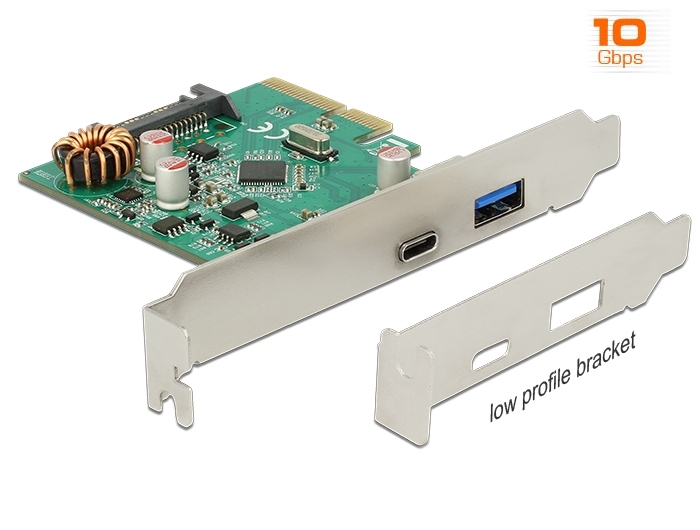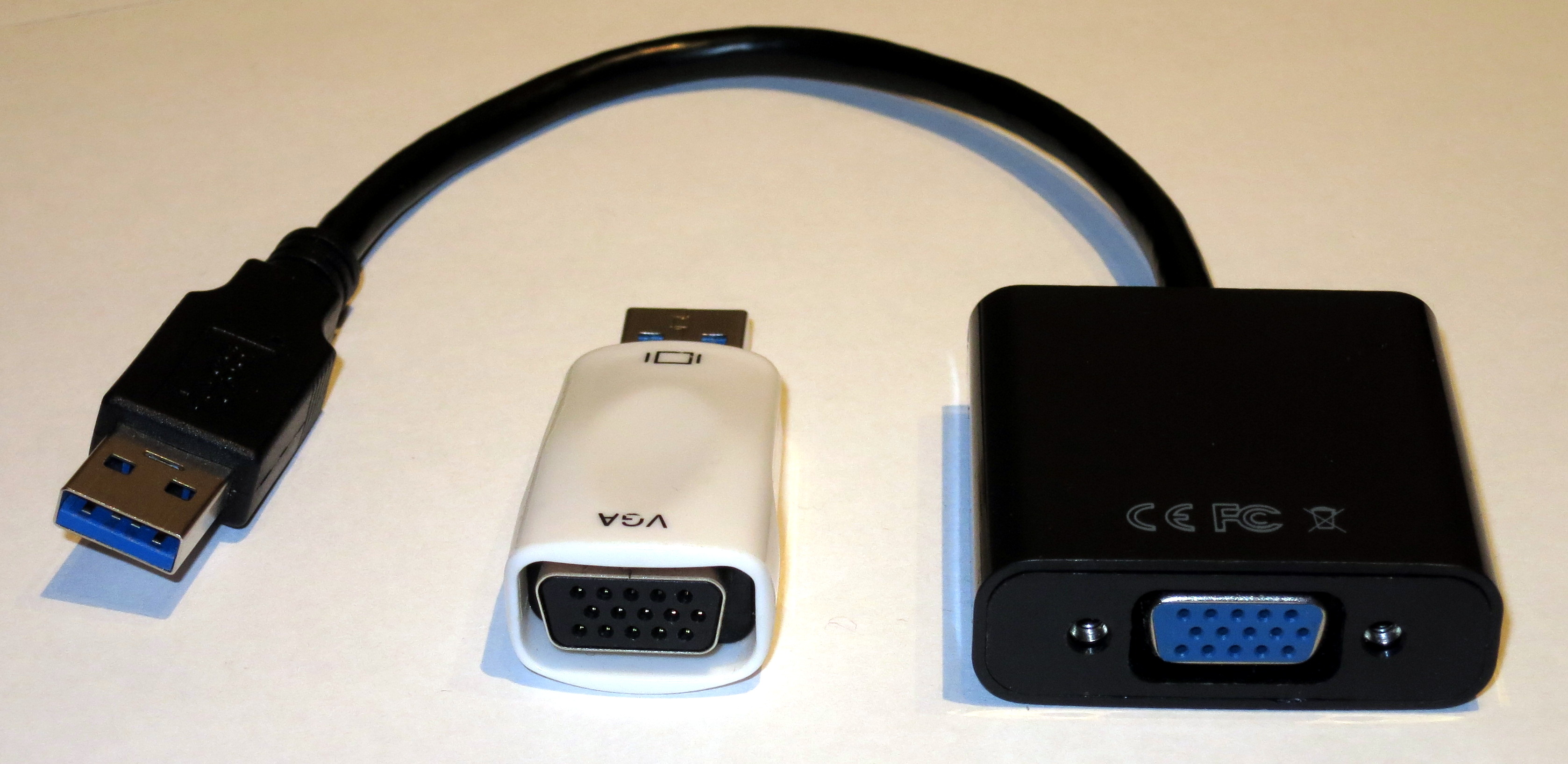


Windows has a feature which cuts power to USB ports it doesn’t think are being used. We recommend trying them in order, as we’ve ordered them from the least time & effort required to the most. If you’re having tracking issues such as the headset or controllers freezing in place, or you’re experiencing periodic “blackouts”, try one of these five potential solutions. This means that some motherboards may have issues. USB 3.0 is a widely used standard, but not all USB 3.0 controllers properly support it. While some preprocessing seems to be done on the headset, the Rift S still pushes USB 3.0 to the limits. The Rift S uses five onboard cameras for tracking. However, some owners are experiencing tracking problems and other USB related issues such as blackouts. The Oculus Rift S was released this week.

The headset instantly settled down, and is now working as I suspect it was designed to, with no issues whatsoever, not even very quick ones like the flashes.įor those having glitches, this might be something to try for those with possible voltage/bandwidth difficulty and that have cards with usb-C outputs However, what utterly fixed the headset (no/flashes/jitter/etc EVER) was purchasing a usb 3.0 to Usb-c adaptor. Plain old 3.0 was better, but only the Proprietary Asmedia 3.1 (gen 2) controller seemed to almost completely stabilize the headset, especially when I entered the Motherboard bios and utilized the included feature to up the voltage. Recently I noticed that my motherboard (Aorus 5 z370) had several types of usb, divided between USB 2.0, 3.0, and 3.1 (both Gen 1 and Gen 2)Ģ.0 was an obvious wash, as was 3.1(Gen 1) as it had intermittent white flashes/scrambling & jitter. Like many, I have had some moderate trouble with my Rift-S due to glitches seemingly centered around USB compatibility and power. Black screens, jitter, garbled flashes, usb issues?


 0 kommentar(er)
0 kommentar(er)
